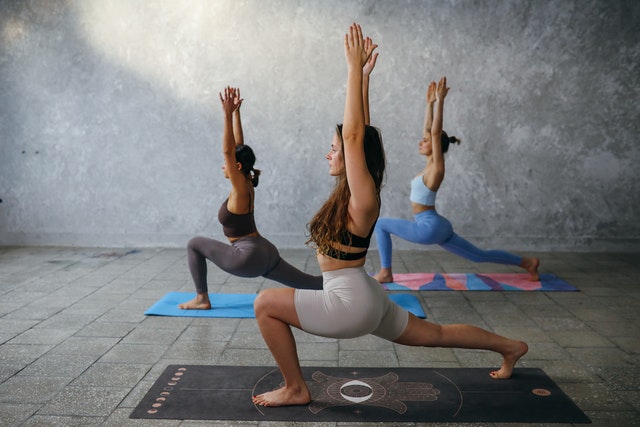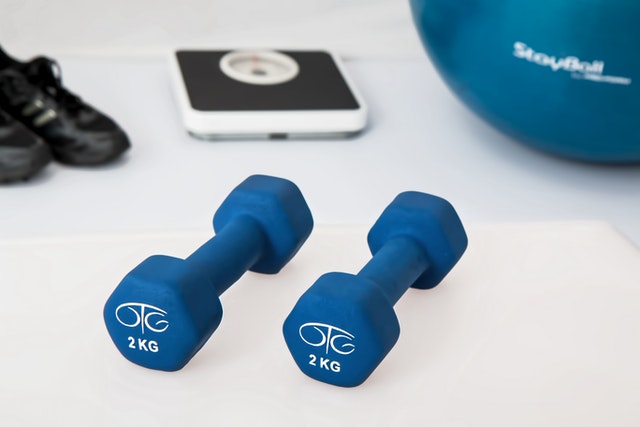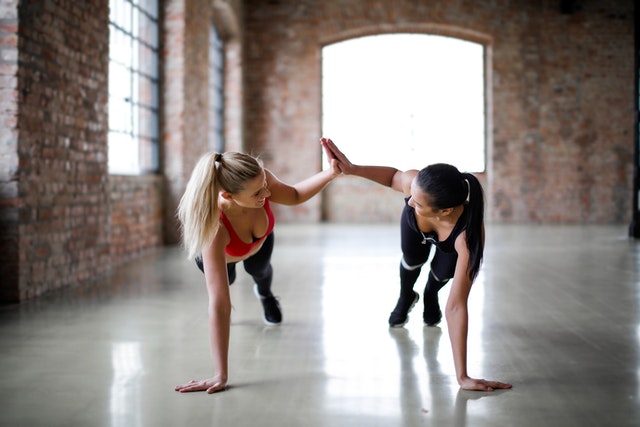How to Start Exercising? Wait! Are you considering starting exercising? That’s fantastic! Beginning a workout routine might be one of the most beneficial things you can do for your health. Physical exercise may help you lose weight, lower your risk of chronic illness, improve your balance and coordination, and even enhance your sleep patterns and self-esteem. Let me tell you, there’s even more excellent news. You are just five steps away from living a better lifestyle.
But, before we go any further, there are a few things you need to know before you start to exercise. People usually begin exercising with a lot of enthusiasm. But they eventually stop working out due to a lack of information, excessive muscular soreness, and injuries.
Table of Contents
How do Beginners Start Exercising?
Everyone goes through a beginner phase where they are eager to learn something new. It is usually preferable to begin them with caution and avoid making unnecessary mistakes due to a lack of information.
It is critical to first understand and then carefully adapt when it comes to the body. The more carelessly you test your body, the more harm it suffers. In this Weekly Workout Routine article, you will learn how to start exercising correctly.
#1 Determine Your Fitness Level

Without a doubt, you’re aware of your fitness level. Analyzing and documenting your baseline fitness scores may offer you standards to measure your progress against. Consider the following factors when determining your muscular and aerobic fitness, flexibility, and body composition:
- Your pulse rate before and shortly after walking one mile (1.6 kilometers).
- The time you take to walk one mile or run 1.5 miles (2.41 kilometers).
- How many standard or modified pushups can you perform at once.
- Your reach when sitting on the floor with your legs outstretched.
- The circumference of your waist, right above your hipbones.
- BMI (Body Mass Index).
#2 Select the Type of Exercise

Exercises can be classified into several groups based on their pace, range of motion, and other criteria. You may customize your workout routine by combining various activities or doing them individually. The most important thing is to choose what is best for you and enjoy yourself while doing it.
The following are the types of exercises:
Aerobic: Any fitness regimen should include continuous activity. Swimming, running, and dancing are a few examples.
Strength: These workouts aid in the development of muscular power and strength. Resistance training, plyometrics, weightlifting, and sprinting are a few examples.
Calisthenics: These maneuvers are often executed without using gym equipment and involve the use of major muscle groups. You should perform them at a medium aerobic speed. Lunges, situps, pushups, and pullups are a few examples.
High-intensity interval training (HIIT): Short bursts of high-intensity exercise are followed by low-intensity workouts or rest intervals in this form of exercise.
Boot camps: These are high-intensity, timed circuits that include aerobic and resistance training.
Balance or Stability: These workouts are intended to build muscle and enhance body coordination. Pilates, tai chi poses, and core-strengthening workouts are a few examples.
Flexibility: These exercises aid in muscle rehabilitation, range of motion maintenance, and injury prevention. Yoga and individual muscle-stretch motions are two examples.
#3 Create a Workout Routine

The most crucial aspect of learning how to start exercising is to develop a workout routine. It is necessary to mark that you will exercise every day. But you’ll need a plan. When creating your training plan, keep the following things in mind:
- Set your fitness objectives: Do you want to lose weight? Or are you training for a marathon? Having specific goals might help you track your progress and remain motivated.
- Establish a well-balanced routine: Perform enough aerobic activity per week. At least twice a week, do strength training exercises for all major muscle groups.
- Begin gently: Start softly and gradually if you’re just starting with fitness.
- Make it a habit: Finding time to work out might be difficult. Schedule exercise time like you would schedule any other appointment to make it simpler.
- Add variety: Diverse activities (cross-training) may help avoid exercise from becoming monotonous.
- Experiment with HIIT: Short bursts of high-intensity exercise are followed by recovery intervals of low-intensity activity.
- Allow time for rest: Schedule rest and recovery time in between sessions to allow your body to relax and heal.
- Keep a written record of it: A documented strategy may help you keep on track.
#4 Gather Your Equipment

You’ll most likely begin with sports sneakers. Be careful to choose appropriate shoes for the activity you want to participate in. Running shoes, for example, are lower in weight than more supportive cross-training shoes.
If you’re going to buy workout equipment, be sure it’s functional, entertaining, and easy to use. Before investing in your own equipment, you may want to test out several kinds of equipment at a fitness club.
Consider installing fitness applications for smart devices or other activity monitoring gadgets, such as measuring your mileage, calories burnt, or heart rate.
#5 Get Started

You are now ready to take action. As you begin your fitness regimen, keep the following tips in mind:
- Begin cautiously: Allow enough time to warm up and cool down with moderate walking or light stretching. Later on, increase the amount of time you work out progressively as your stamina increases. In short, increase your workload gradually
- Divide the routine: You don’t have to complete all of your workouts at once. Spread workout routine throughout the day. Shorter but more frequent workouts offer similar aerobic advantages. Remember that any level of action is preferable to none at all.
- Use your imagination: Your fitness program may involve various activities such as walking, biking, or rowing. However, don’t stop there. Take your family on a weekend trek or spend an evening ballroom dancing. Find activities that you love to include in your exercise program.
- Take note of your body: If you experience discomfort, shortness of breath, dizziness, or nausea, take a pause. You can be overworking yourself.
- Accept new ideas: Permit yourself to take a day or two off if you’re not feeling well.
The Bottom Line
The beginning is generally difficult, but knowledge and desire may help you stay motivated. The question is How to Start Exercising? All of this begins with determining your present level of fitness. The second step is to choose what type of workout you would want to do. Then, purchase or assemble the essential equipment for your workout routine.
Now comes the crucial part: Get Started! Most beginners get this far but then give up. To avoid this, begin carefully, listen to your body, and do not push yourself. If you’re patient and determined, you’ll get there. As we all know, a little pain is worth a lot of gains!
